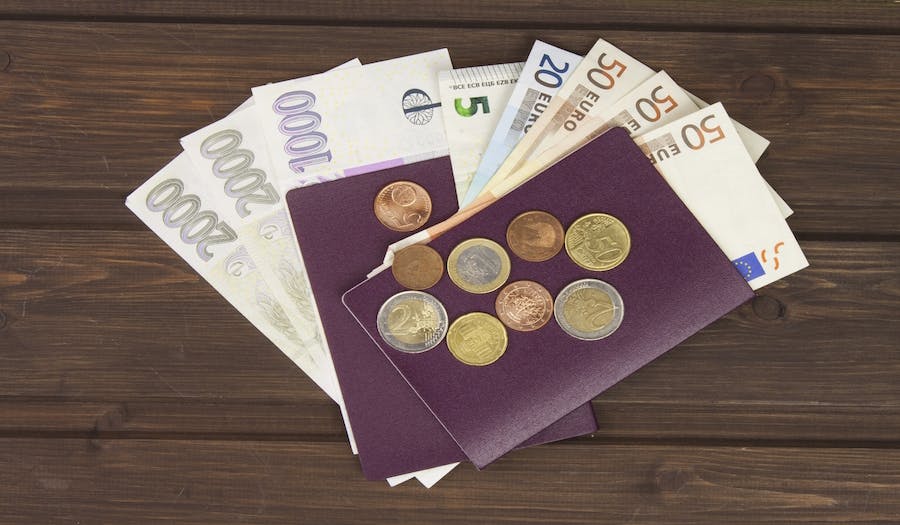Business travel can turn complicated if it’s not well managed, specially when it comes to travel expenses and making sure these are under control and within budget.
In the last few weeks, we’ve seen even the government struggle to manage politicians’ travel expenses. The reality is, today there is technology available that makes it easy and simple to establish travel spending limits and ensure these can’t be breached.
First things first
When it comes to travel management, no matter the size of the company, it’s always best to be proactive rather than reactive. If you deny expenses and bookings according to your policies, before they happen, then you don’t have to worry about that money being spent or claimed later.
Set travel and expense policies
It’s important to have some strong policies established and make sure everyone aligns with them. For example, allow to fly business class only for long-haul flights that last longer than certain amount of hours.
Some great policies include assessing the distance between the places and the time it takes to get there as well as what’s the purpose of the trip. For example, sometimes a goto meeting might be a better substitute than getting on a plane, or vice versa, and including wifi in a hotel turns out to be more cost effective even if the hotel costs more.
However, the request and authorisation process should be smooth and efficient, enabling users both managers and travellers to make decisions fast. Well-defined policies help businesses keep the whole travel management process simple and easy to understand.
Make travel requests clear
Ask travellers and managers to provide as much detail as required in order to assess the purpose of every business trip and its value. These detailed descriptions are useful in case a specific travel request is out of policy. More information will allow the supervisor or manager to check different options to get the best ROI of a business trip before anything is booked.
Budget wise
Make sure you set budgets for travel and take into account different types of travel — having a specific budget per day for domestic and international business trips saves companies time. This enhances productivity and avoids creating a budget for each travel, and instead having a template.
Using the company’s credit card is also helpful to save time on reporting and claiming expenses after every trip. Just ensure to set a limit amount of expense on the card you give to your employees — this will depend on the budget per day set before. Make sure that card data feeds back to expense and accounting systems.
Building a rewarding culture where you reward those employees who save money on bookings by doing things as simple as booking in advance, selecting the best fares or choose a four star hotel instead of a five star one, is a great way to keep everyone committed to travel and spend wisely.
Technology available today
Technology has transformed corporate travel, leveraging productivity by shifting from traditional processes that included emails, phone calls and manual paper pushing to get approvals and to claim expenses, to an easy-to-use interface that allows travellers and managers to authorise, book, and request on any device, anywhere in the world.
Smart technology provides duty of care and information about the specific destination. For example, a system can automatically inform if the traveller needs a visa, or if the current situation of the destination place is dangerous and what measures to take and escalate an approval.
About the author:
This article was written by Philip Weinman, CEO & Executive Chairman of Locomote a travel and expense technology solution provider.

